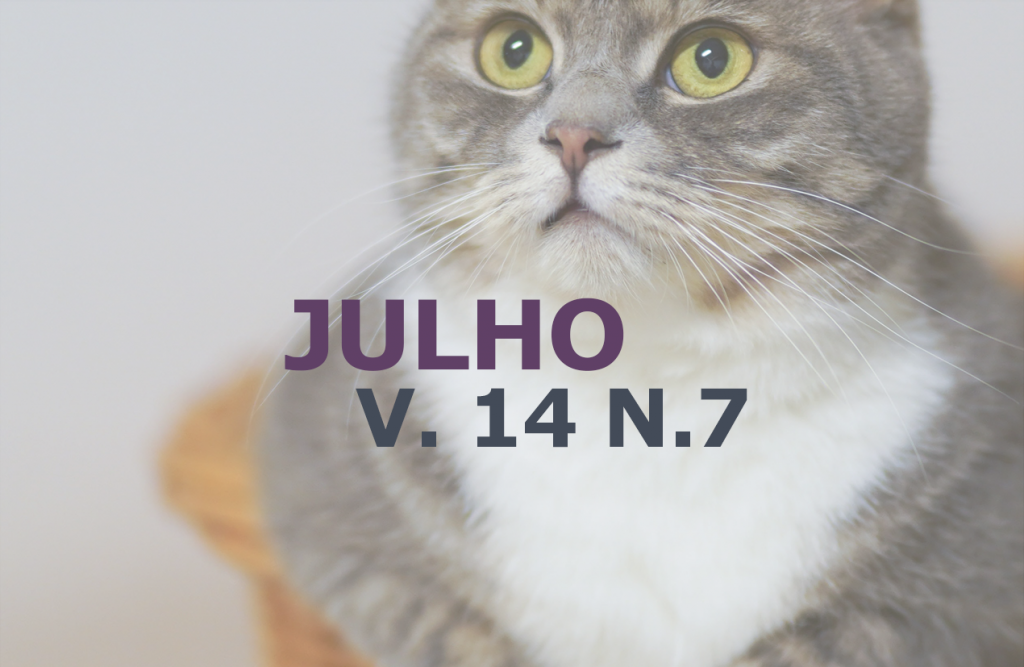Debridement with diamond burr in cat with refractory ulcer: case report
DOI:
https://doi.org/10.31533/pubvet.v14n7a616.1-7Keywords:
corneal sequestration, diamond burr, feline, treatment, ulcerAbstract
Debridement with diamond burr in cat with refractory ulcer: case report
Abstract. The refractory ulcer is characterized by a spontaneous superficial lesion of the cornea that is usually recurrent and does not heal within a suitable period of treatment. It is caused by the non-adherence of the corneal epithelium to the stroma. The diagnosis is established by the clinical course and characteristics of the lesion, observed through e ophthalmological examination. The appropriate treatment includes the removal of the non-adherent epithelium, to facilitate the growth of new epithelial cells, with stronger adhesion complexes. The diamond burr (DB) stands out promisingly in the treatment for refractory ulcers, through superficial keratectomy. The procedure with DB is described in several species, however, it is rarely described in cats. Thus, the objective was to report the use of DB in the treatment of a superficial non-healing ulcer in a cat. The DB proved to be an effective device, easy to apply, well-tolerated and safe, in the resolution of a refractory corneal ulcers in a Persian cat.
Downloads
Published
Issue
Section
License
Copyright (c) 2020 Tarcísio Guerra Guimarães, Karla Menezes Cardoso, Fabricio Villela Mamede, Susana Faim, Ana Catarina Figueira, Hugo Vilhena

This work is licensed under a Creative Commons Attribution 4.0 International License.
Você tem o direito de:
Compartilhar — copiar e redistribuir o material em qualquer suporte ou formato
Adaptar — remixar, transformar, e criar a partir do material para qualquer fim, mesmo que comercial.
O licenciante não pode revogar estes direitos desde que você respeite os termos da licença. De acordo com os termos seguintes:
Atribuição
— Você deve dar o crédito apropriado, prover um link para a licença e indicar se mudanças foram feitas. Você deve fazê-lo em qualquer circunstância razoável, mas de nenhuma maneira que sugira que o licenciante apoia você ou o seu uso. Sem restrições adicionais
— Você não pode aplicar termos jurídicos ou medidas de caráter tecnológico que restrinjam legalmente outros de fazerem algo que a licença permita.





